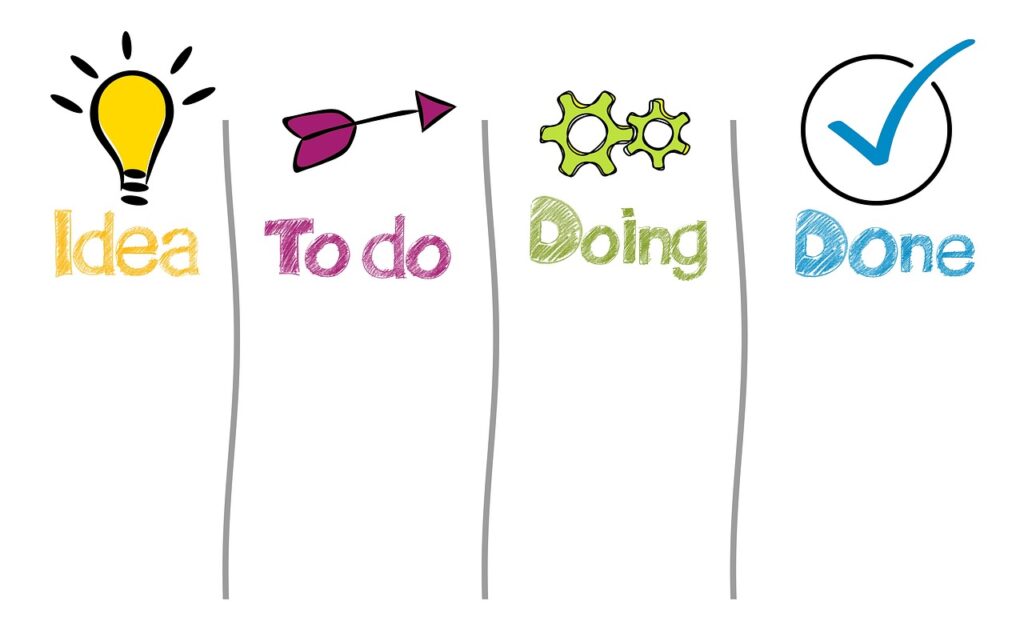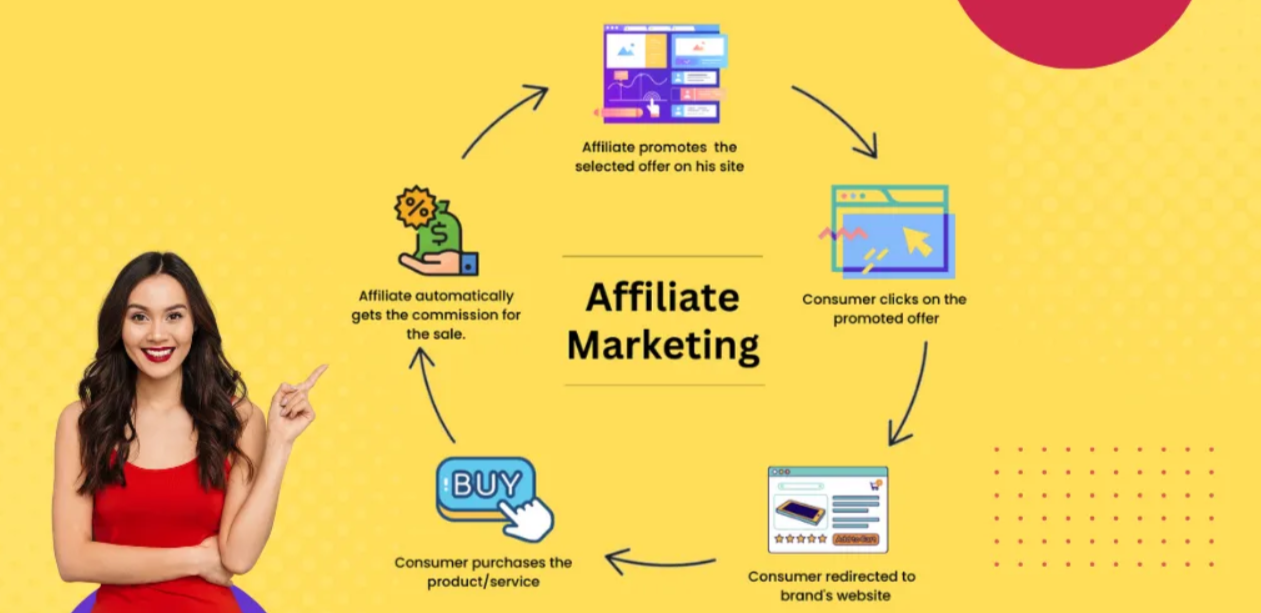Building a Business Website in 6 Easy Steps
Building a Business Website: A Comprehensive Guide to Enhance Your Online Visibility
I. The Importance of a Business Website
Why do I need a website for my business, some might ask. Silly question, right? Not so much. Let’s have a friendly chinwag about just how world-shattering having a business website can be.
A. Establishing Online Presence
Alright, let’s get this straight. The mere idea of a “business” without an online presence is about as outdated as a cassette player. Think about it. In an era where instant noodles are a treat and waiting for a video to buffer is torture, an online presence isn’t a luxury; it’s a necessity. So, you set up your spiffy digital storefront, making browsing your products as easy as a Sunday morning. Now that’s good service!
B. Expanding Reach and Accessibility
Listen up, folks. By having a business website, you’re not only inviting the local Joe and Nancy to browse your goods. No siree Bob! You’re throwing open your doors to the world! Easily accessible information about your products, services, or ideas is available to everyone with an internet connection. Distance? Time zones? Pish posh! They are as trivial as yesterday’s weather.
C. Boosting Credibility and Trust
In this sceptical, information-hungry world, a well-rounded, professionally designed website is like your knight in shining armor. It helps you establish legitimacy, build street cred, and forge a bond of trust with would-be customers. Think of your website as the ultimate dating profile: it’s all about putting your best foot forward and letting truth and transparency work their magic.
II. Planning and Preparation
Thomas Edison wasn’t kidding when he said, ‘Genius is one percent inspiration, ninety-nine percent perspiration’. Before you start coding (or hire someone to do it), there are a few ducks you need to get in a row.
A. Defining Your Business Goals
Every good story has a solid plot, and every business website should have clear goals. A website without a purpose is akin to a ship without a rudder; it’ll just float aimlessly on the vast seas of the internet. Whether it’s increasing sales, promoting services or enhancing brand visibility, your goals should dictate your website’s design and functionality.
B. Determining Your Target Audience
Your audience is like the North Star: their preferences should guide your entire website-building endeavor. Are they younger, maybe more tech-savvy? Perhaps they appreciate a website that oozes creativity. Or maybe they’re older and value straightforward navigation over aesthetics. As benevolent rulers of our internet kingdoms, it’s our duty to cater to their whims!
C. Selecting Suitable Platforms and Technologies
Choosing the right set of tools isn’t a tick-the-box task. It’s akin to choosing the right vehicle for a cross-country journey. From CMS platforms, HTML editors, coding languages to hosting platforms, these decisions will define your website’s performance and scalability. Consider all factors, my friend, because the devil is always lurking in the details!
III. Key Elements of a Successful Business Website
A successful business website isn’t a hodgepodge of elements thrown together. It’s the perfect mead-brewed blend of user-centric design, high-quality content, and essential features.
A. User-friendly Design and Navigation
Even an octogenarian who confuses emojis for Egyptian hieroglyphs should find your website a breeze to use! Mighty task, eh? Clear labels, logical navigation, and intuitive design can make the user experience as smooth as silk magic.
B. Quality and Relevant Content
Is your content blander than water? Well, that won’t do! You need engaging, original, and juicy content that will have your audience hooked. Remember, content isn’t just about text. Videos, infographics, images — they’re the broccoli to your content stew. They offer variety, which everyone positively loves!
C. Essential Features and Functionality
Think about practical and necessary features for your website. You want a Ferrari, not a golf cart! A contact form, search bar, responsive design, and social media buttons might seem like bare basics, but they are the bread and butter of a robust website.
IV. Optimizing Your Business Website
Like a footballer prepping for a match, your website needs that extra push to beat its competitors. On comes the cavalry, aka SEO, mobile optimization, and security measures.
A. Search Engine Optimization (SEO)
If SEO is the eldorado of the internet world, then Google is definitely its guardian sphinx. Clever keyword usage, backlinks, meta descriptions, and all that jazz – are the trials we must pass to stand at the top of the Google search rankings. The reward? A constant flow of visitors who are eager to explore your website.
B. Mobile Optimization
In a world where even dogs have Instagram accounts, having a mobile-friendly website is no longer optional – it’s mandatory. So flex those responsive design muscles and ensure your website is just as snazzy on a mobile screen as it is on a desktop.
C. Safety and Security Measures
Imagine your website as your own home; would you leave your doors unlocked? Safety measures like SSL encryption, firewall configurations, strong passwords, and regular website backups will keep your website safe from malicious interlopers.
V. Maintaining and Updating Your Website
No one likes a sloppy site filled with broken links or outdated information. Just like how nobody likes a dry turkey on Thanksgiving. Yeah, I went there.
A. Routine Website Checks and Updates
Roll up your sleeves for recurring check-ups and updates! Broken links, stale content, outdated images, site loading time – these are all clear signs that your website is ready for a revamp.
B. Analyzing Website Performance
Get your detective hat on, Sherlock! It’s time to track user behaviour, bounce rates, demographics, load speed – all using those fancy tracking tools. Data is king; gather it, analyze it, use it.
C. Ongoing Engagement and Content Updates
Your website isn’t a ‘set it, forget it’ crockpot meal. You’re throwing a party – keep the music pumping and the conversation lively. Regular blogs, fresh images, revamped copy – they all keep that party going just a bit longer.
Conclusion: Making Your Website Work for Your Business
Creating a bang-up website isn’t an arcane craft. With the right goals, audience insights, sturdy platform, user-friendly design, quality content, and ongoing maintenance, those six steps can lead you to a website that’s worth its weight in gold!
Frequently Asked Questions (FAQs)
Time to clear the air of any lingering doubts! Let me answer those gnawing questions rattling around in your noggin about website development, maintenance, and the whole shebang.
- Q: How long does it take to build a website?
A: Ah, the million-dollar question! Truthfully, it depends on your goals, complexity, and who’s doing the work. For a simple website, a few weeks. Complex and e-commerce sites could take months. Managing your expectations is key!
- Q: Can I build the website myself?
A: If you’re tech-savvy, or willing to learn, then absolutely! CMS platforms like WordPress make the process quite manageable. But, if code is Greek to you, it might be best to hire a pro.
- Q: How can I make sure my website ranks high on search engines?
A: By mastering the mystical arts of SEO! Keywords, content quality, link building – these are just the tip of the SEO iceberg!
However, always remember: the road to a successful business website is paved with diligence and creativity. Take your time, enjoy the process and, why not have a few laugh-out-loud moments along the way? The internet could always use a dash more fun.



